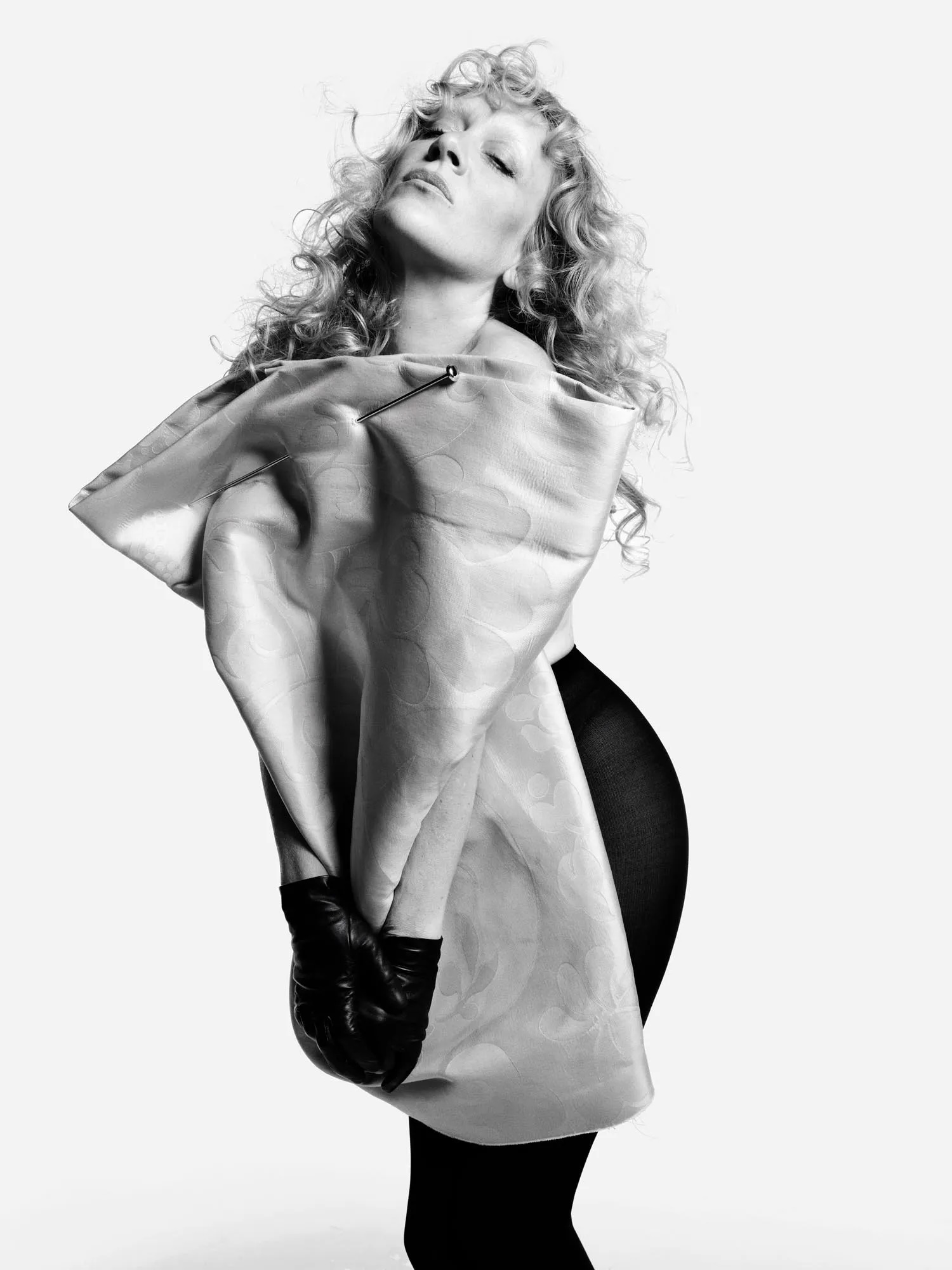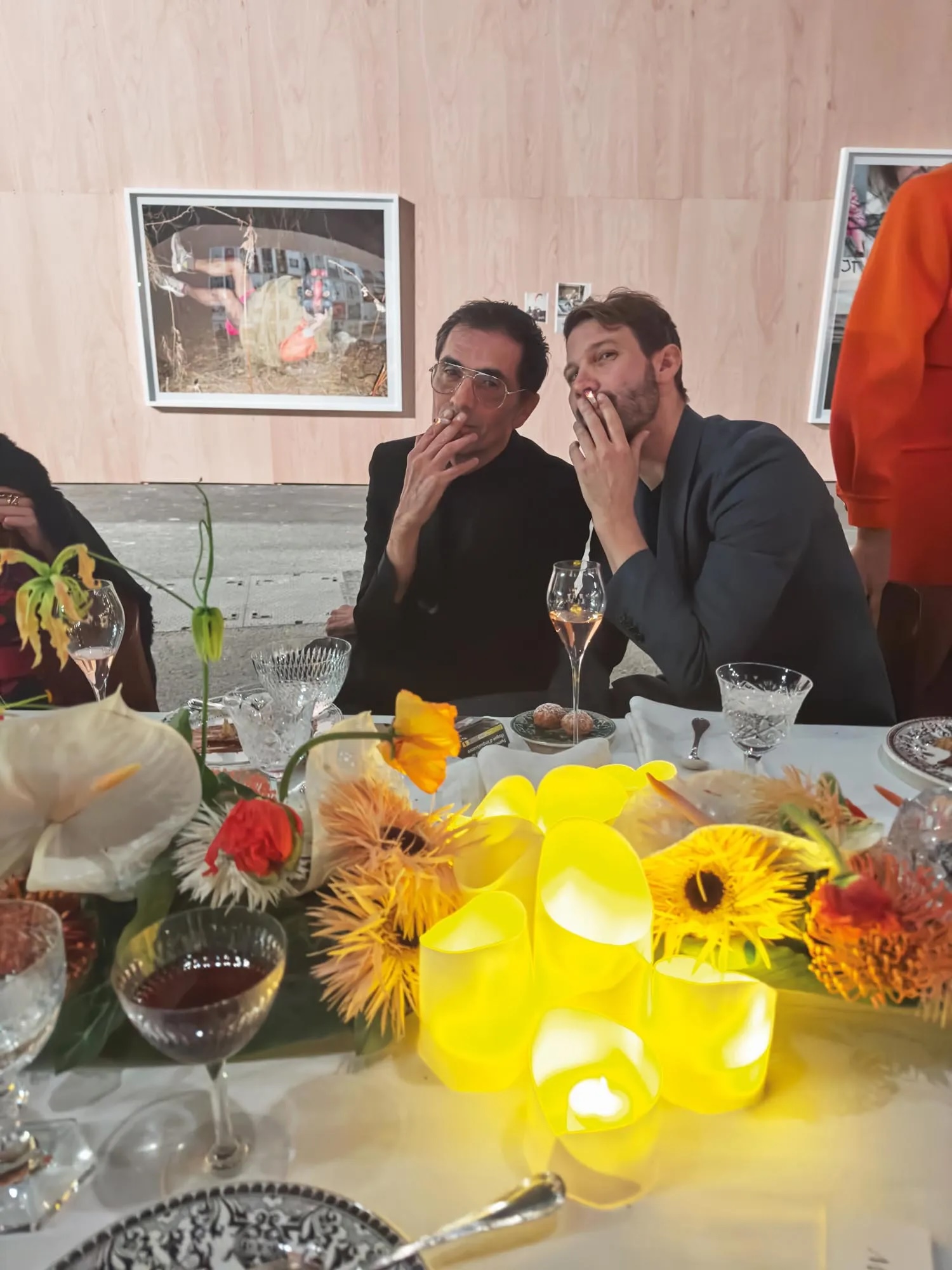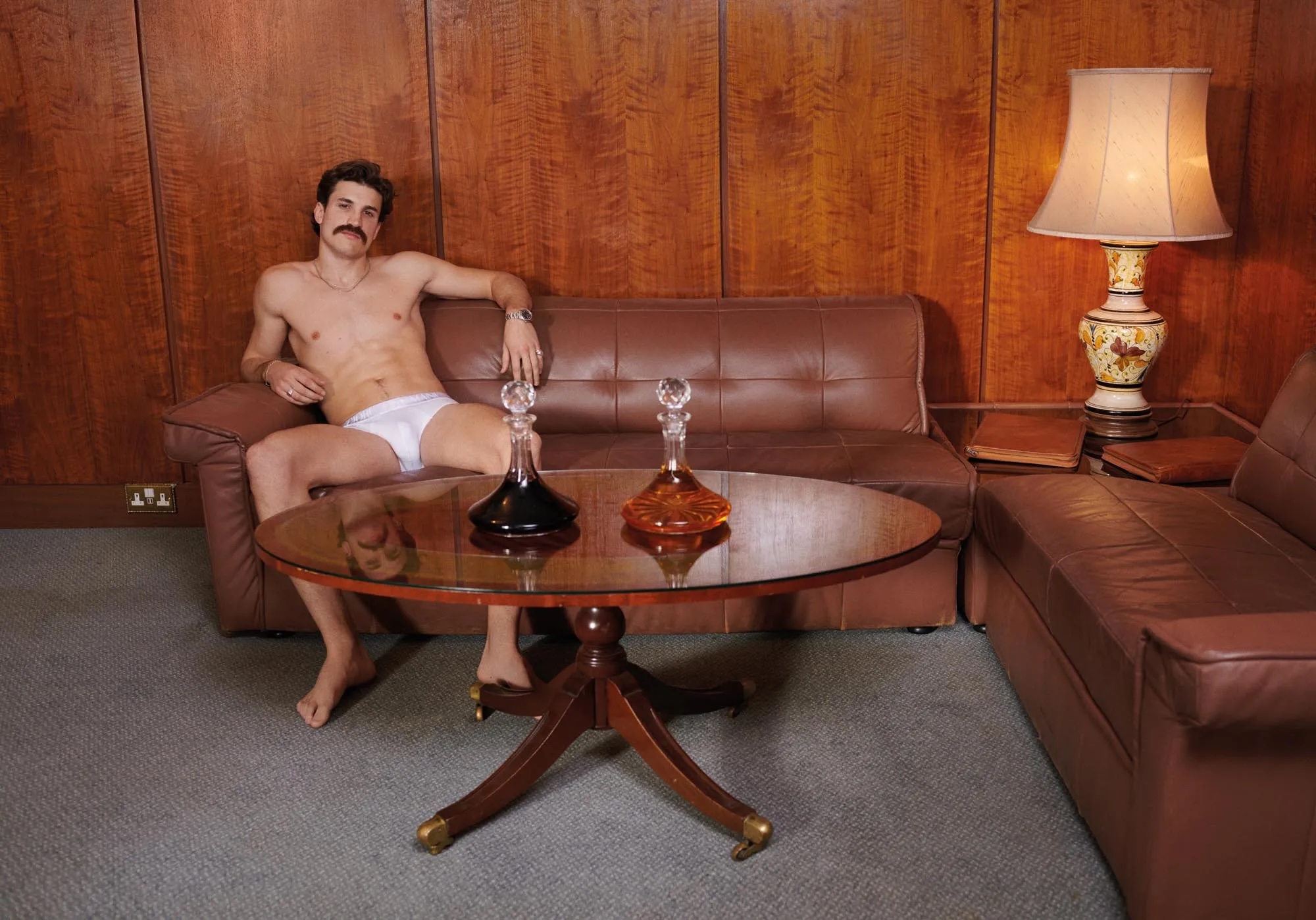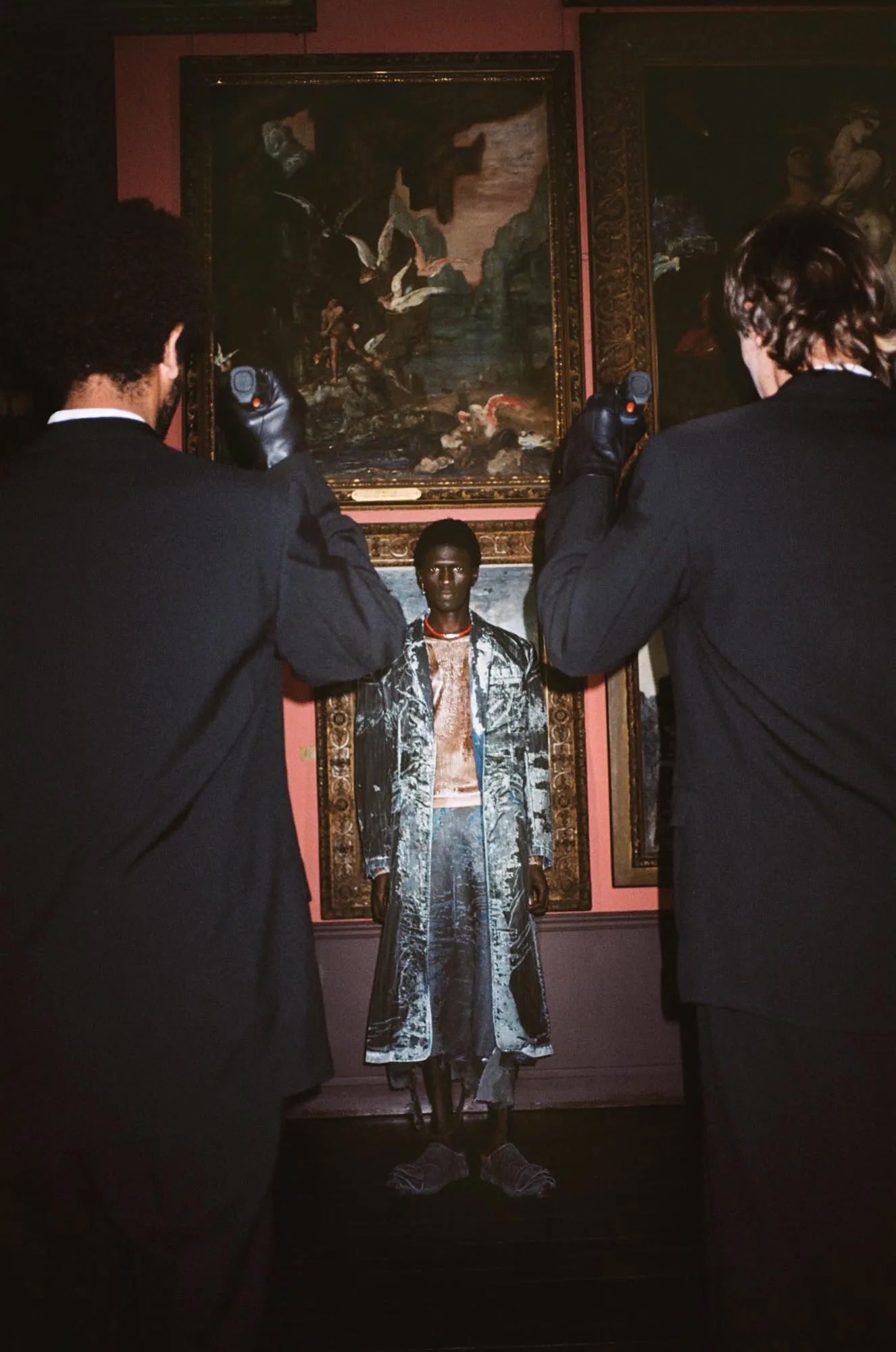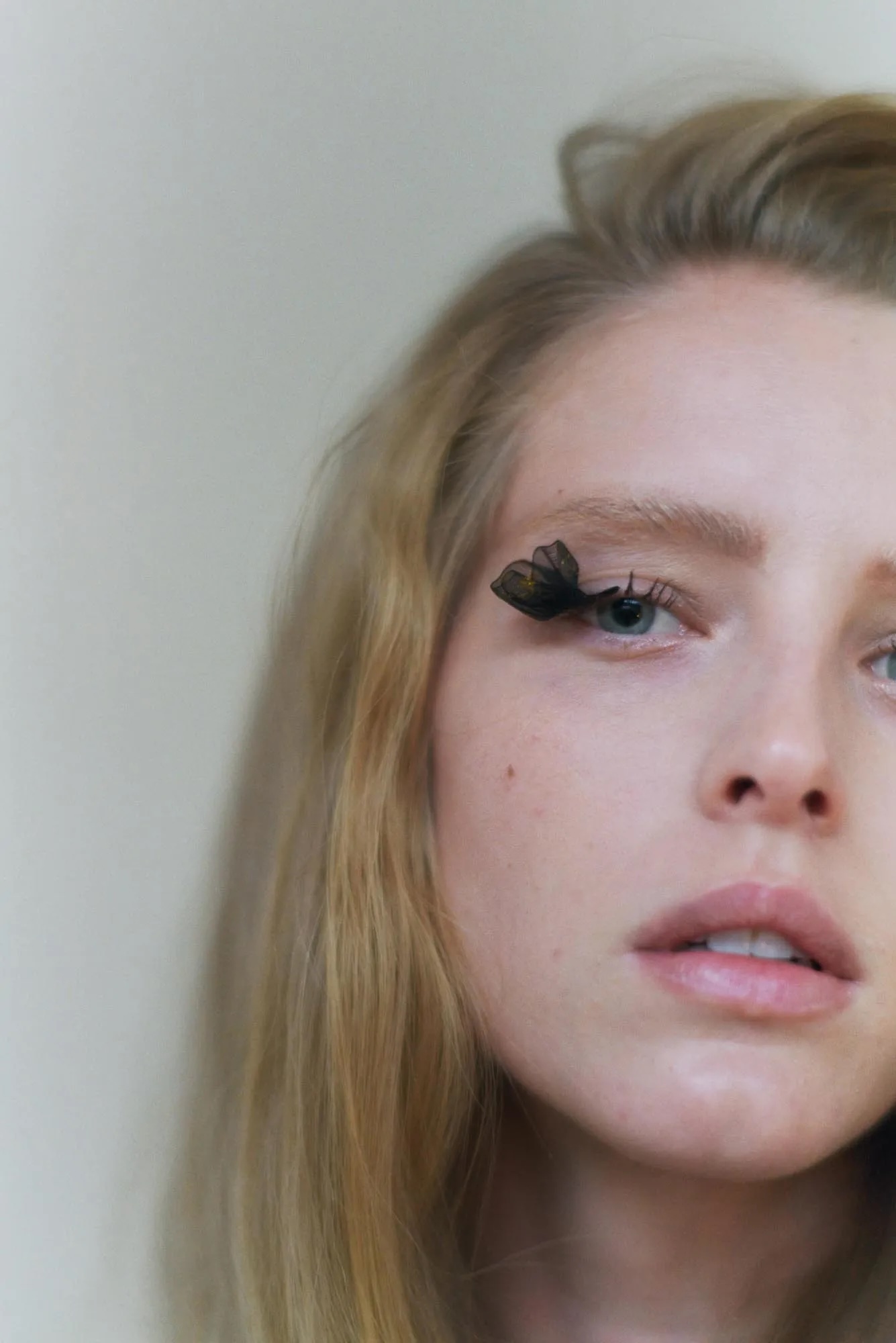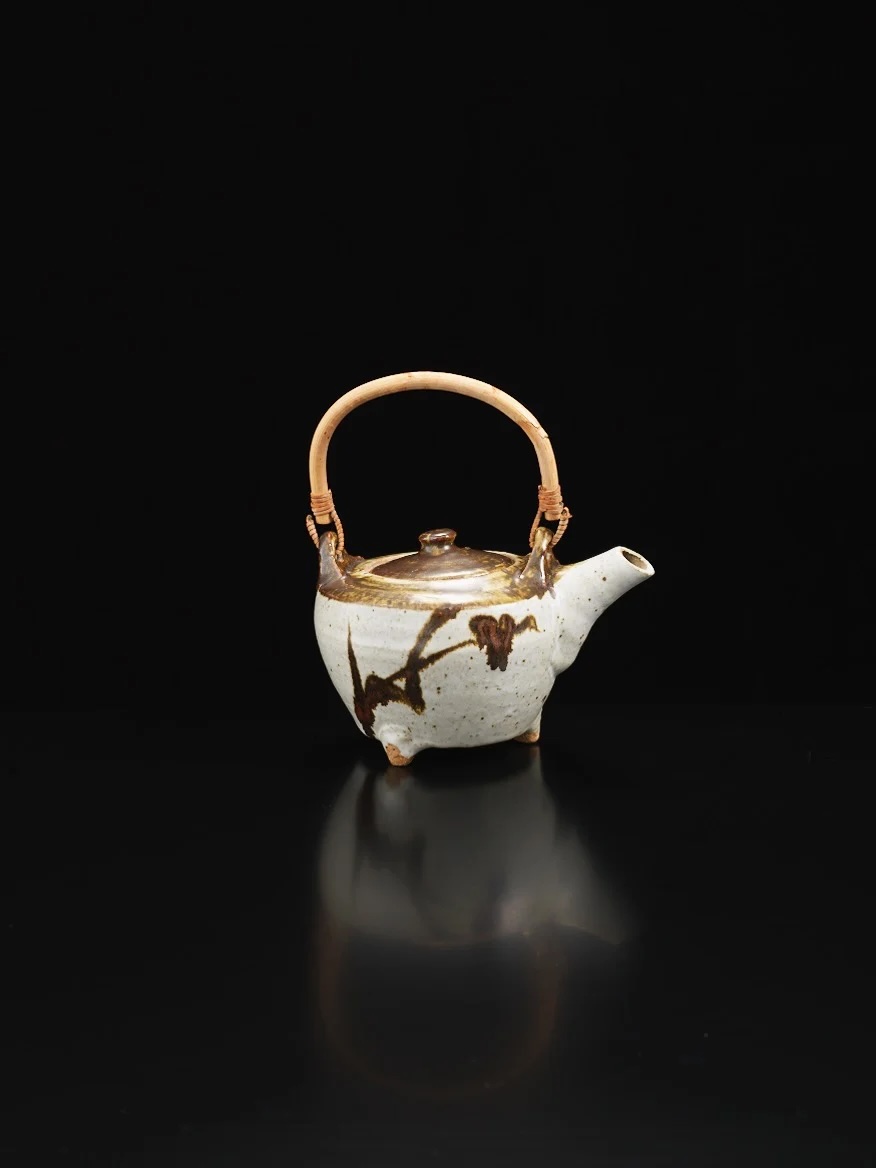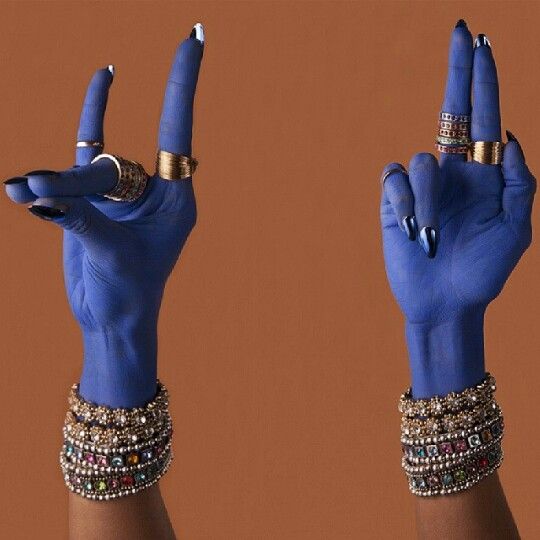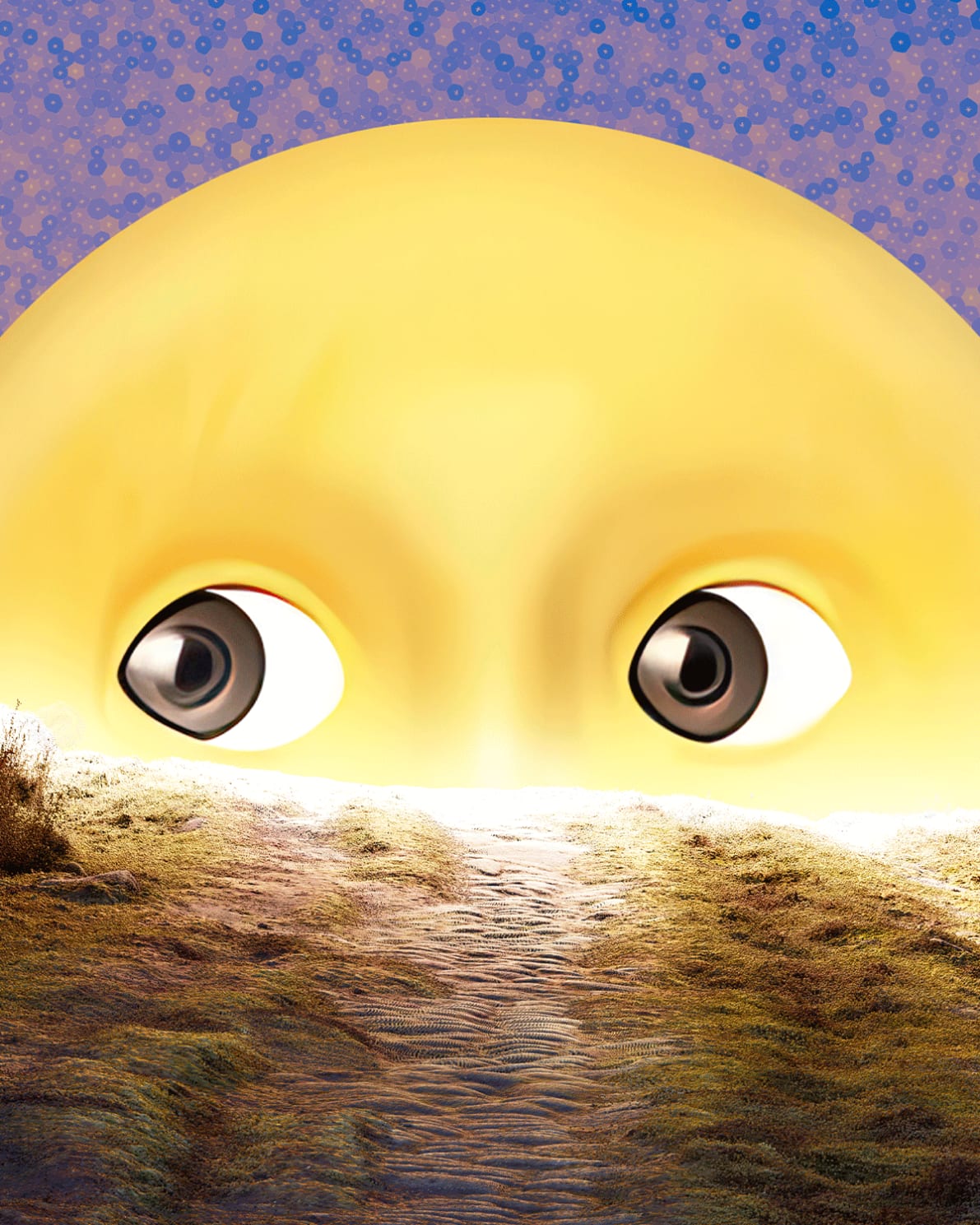Is PURPLE Magazine the Hottest of Them All?
Born in Paris in the 1990s,
when counterculture rubbed against glamour
like a match against a brick wall.
PURPLE’s influence has not faded since.
You open Purple, and you’re not just flipping through a magazine
— you’re nestled within pages where the concepts of
fashion, art, culture, and philosophy merge
to create a cosmos where basic thoughts have no place.
PURPLE? It’s the perfect blend of provocation and intellect!
A visual and cultural feast that equips you with new tools to think
and challenge what you’re being fed — all sugar-coated in a keen sense of
style with an indomitable, and above all, impeccable artistic vision.
So, where has PURPLE taken us for Spring/Summer 2024?
A hefty dose of fashion intellect, sharply curated photographies
with a strong character on frankly sad subjects,
interviews guaranteed to be bullshit-free,
and editorials so stripped down that there’s barely anything
left to marvel at — maybe.
But it’s in this minimalism that the essence of fashion is revealed, surely.
In fact, that’s the theme of this issue — the essence of fashion.
Olivier Zahm respects his readers, offering a vision of fashion as
a toolbox for exploration, fun, and, most importantly,
the development of their own perspective.
Purple is a space where fashion exists on the edge of contemporary sensibility — straddling the mainstream, neo-hardcore, and avant-garde.
For those who think fashion is superficial,
this issue is a sharp reminder of its depth.
It opens with a text by Roland Barthes
— a cultural prophet who once wrote for Vogue and Marie-Claire.
Yes, there was a time when writing about fashion wasn’t just an exercise in name-dropping but an art of capturing the zeitgeist,
weaving connections between shapes, colors,
and macro-economic-sociopolitical currents.
It was a time when reviews didn’t just describe
who wore what for which sponso-events,
but sought to understand how fashion influenced the world
— andvice versa.
Anyway.
Emanuele Coccia drives the point home with a striking reflection:
“Fashion produces freedom through absolute alienation.”
More than ever, clothing is a basic need.
Dictators, both past and present — from Louis XIV (yes, he was one)
to Kim Jong-un and Mao — have always understood the importance of controlling appearances.
Fashion, far from being trivial, is a form of non-verbal,
almost mystical communication, carrying radical, direct messages.
Jurgen Teller’s candid series further illustrates fashion
as the everyday art it truly is — in the way we stand, eat, move,
hold your drink, your phone and speak your mind.
After all, fashion comes from “façon”— the way we do things…
And what about the interview
with Marc Jacobs by Olivier Zahm? Guaranteed “Bullshit Free.”
Marc Jacobs openly shares his frustrations,
his struggles, and above all, his newfound freedom.
“I spent two years trying to win a popularity contest. Then I stopped wanting to make friends, I did what I believed was right, and that’s when I moved forward.”
This isn’t just a quote; it’s a life lesson,
a reminder that fashion is also about knowing when to say no,
knowing when to rebel, knowing how to carve your own path.
This makes us say that Olivier Zahm is one hell of an interviewer.
Please, launch a Purple podcast
— because hearing the life, the breathing, the laughter, the inner essence
of those fashion moments would be frankly charming.
All this to say that Purple is the hottest magazine atm.
On the edge of the mainstream and the avant-garde,
one foot in history, the other in the future, always balancing on that
fine line separating popular culture from snobbery.
Purple speaks to all who refuse to be lulled to sleep
by the hum of consensus…
Plus to those who seek to grasp the most popular art form there is
— FASHION in its essence, the meeting point of politics, power, morality, identity, creativity, business, individuality, and, most importantly, freedom of conscience…

